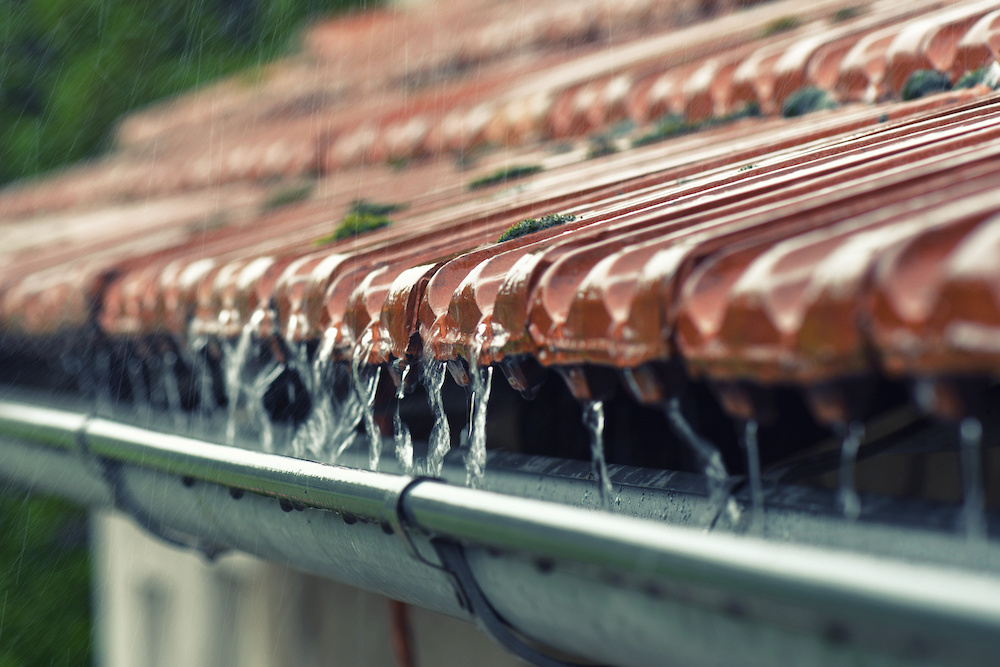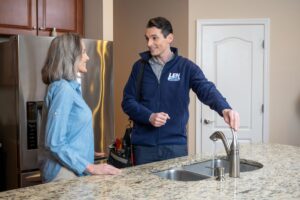Updating Your Home’s Plumbing: Replacing Cast Iron Pipes
Updating the plumbing in your home is an essential step to maintaining a safe and efficient living environment. Cast iron pipes, while once popular for their durability, can develop issues over time as they age and deteriorate. Identifying when to replace these pipes is crucial for avoiding plumbing mishaps and ensuring your home’s value.
Signs such as slow drainage, leaks, and strange sounds often indicate failing cast iron pipes. However, confirming these issues might require a closer look with a sewer camera inspection. This technology allows homeowners to see the condition of their plumbing system clearly, helping to make informed decisions about necessary upgrades.
Choosing to upgrade your plumbing offers numerous benefits, including improved water flow and increased safety. With modern pipe materials like PVC, copper, and PEX available, homeowners have a variety of options to fit their specific needs and budget. Understanding the replacement process and options can help make the transition smooth and minimize disruption to your everyday life.
Recognizing the Need for Pipe Replacement
Understanding when your cast iron pipes need replacing is vital for your home’s upkeep. These pipes can exhibit several symptoms when they start to fail. One common sign is slow drainage. If water consistently drains slowly from sinks or bathtubs, it may point to blockages or corrosion inside the pipes. This should be a prompt for further inspection. Frequent clogs or backups, especially in multiple fixtures, can also indicate a larger systemic issue with your aging cast iron plumbing.
Another sign to watch for is unusual or foul odours. Any persistent smell coming from your drains suggests the possibility of cracks or leaks allowing sewer gases to escape. Additionally, if you hear strange sounds like banging or gurgling when the water is running, it may mean that air pockets are trapped in the pipes due to restriction in flow.
To confirm these suspicions, a sewer camera inspection is highly beneficial. This practical tool uses a small camera to navigate through your pipes, providing a visual of their internal condition. With this detailed viewing, you can pinpoint the exact location and cause of the problem, facilitating an accurate and cost-effective solution.
Advantages of Upgrading Your Plumbing
Upgrading from cast iron to modern plumbing materials offers several advantages that enhance your home’s functionality and value. A significant benefit is the improvement in water flow and pressure. New materials like PVC or PEX allow water to flow more freely without the corrosion and build-up that often plague older cast iron systems. This results in more consistent water pressure throughout the home, making daily activities more efficient and enjoyable.
Another advantage is the potential increase in home value. Prospective buyers often view modern plumbing systems as a valuable upgrade, knowing they’ll face fewer immediate maintenance issues. This can make your home more appealing in the real estate market, potentially boosting its resale value.
Safety is also a key factor. Newer plumbing materials greatly reduce the risk of leaks and related damages. Corrosion and rust from old cast iron can lead to structural damage over time. Upgrading eliminates these risks, providing peace of mind and a safer home environment.
These improvements contribute to a more comfortable and worry-free living situation. By choosing to upgrade, you invest not only in your home’s practicality but also in its long-term financial and safety benefits.
Choosing the Right Replacement Materials
Selecting the right materials for replacing your cast iron pipes is crucial for ensuring a lasting solution. Each material option—PVC, copper, and PEX—has unique benefits and drawbacks that suit different needs and preferences.
– PVC (Polyvinyl Chloride): Lightweight and easy to install, PVC pipes are resistant to corrosion and rust. They’re an affordable option, making them popular for many homeowners. However, PVC may not handle high temperatures well and can be affected by UV light if exposed.
– Copper: Known for its durability, copper pipes resist bacteria and are often chosen for their long lifespan. They can withstand high temperatures but tend to be more expensive than other materials. Copper can also be prone to corrosion if your water is highly acidic.
– PEX (Cross-linked Polyethylene): Flexible and easy to work with, PEX pipes can be used in various applications and require fewer fittings, which can reduce potential leak points. They’re excellent for use in retrofits. PEX, however, might not withstand prolonged exposure to sunlight and isn’t recommended for outdoor use.
Balancing these factors—cost, flexibility, durability, and application—will guide you toward the best choice for your home’s plumbing needs.
The Replacement Process Explained
Replacing cast iron pipes involves several important steps to ensure a successful upgrade. The process begins with an assessment of the current plumbing condition. This evaluation helps in identifying the specific areas that require replacement and determining the proper materials needed for the job.
Once the assessment is complete, the next step involves preparing the area for installation. This may include turning off the water supply and removing any obstructions. Technicians then carefully remove the old cast iron pipes, paying attention to avoid damage to surrounding areas. Afterward, the replacement pipes, chosen during the earlier assessment, are installed securely.
Minimizing disruption during this upgrade is a priority. Professionals often use strategic work schedules to limit the impact on daily routines, ensuring essential spaces remain usable throughout the process. Additionally, using trenchless techniques and advanced tools helps reduce the need for excavation, preserving landscaping and existing structures.
By following these meticulous steps, the replacement process becomes efficient and less intrusive, ensuring a seamless transition to a more reliable plumbing system.
Conclusion
Upgrading your home’s plumbing system from cast iron pipes offers lasting benefits that enhance comfort, safety, and property value. By recognizing the signs of pipe failure and exploring modern replacement options, you invest in a durable solution tailored to your specific needs. Understanding each material choice and the steps involved in the replacement process ensures a smooth transition, minimizing inconvenience while maximizing long-term advantages.
At The Irish Plumber, we are committed to enhancing your home’s plumbing with top-notch advice and services. Whether you need an assessment, materials expertise, or complete installation, our skilled team is ready to support your upgrade journey. Reach out today to discover how plumbing services in Ottawa can help create a more efficient and reliable plumbing system for your home.

 You fell in love with an older home; maybe it was the timeless elegance of its architecture or maybe it was because it gave you a hint of nostalgia. You absolutely love your newly purchased home. There’s just one problem
You fell in love with an older home; maybe it was the timeless elegance of its architecture or maybe it was because it gave you a hint of nostalgia. You absolutely love your newly purchased home. There’s just one problem



